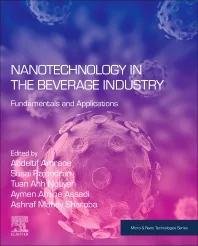PepsiCo announces waste diversion, 2017 packaging results
Company reaches a 95 percent diversion rate
PepsiCo, Purchase, N.Y., released its 2017 sustainability report, showing the company made progress toward its 2025 packaging design goal.
The company’s sustainability strategy, called Performance with a Purpose (PwP), aims to reduce PepsiCo’s environmental footprint, expanding its nutritional products, while simultaneously working to better the lives of people and families, the company says.
One goal of PwP is to achieve zero waste to landfill from direct operations by 2025. PepsiCo announced that by the end of 2017, the company diverted 95 percent of its waste from landfill, up two percentage points from the previous year, it says.
“We are always looking for new and innovative ways to make use of the byproducts from our operations,” Andrew Aulisi, PepsiCo’s senior director of global environmental policy, said in a statement. “For example, we process a huge volume of oranges to produce Tropicana, and in the process end up with a significant number of orange peels. Instead of letting these peels go to waste, we are able to sell them as animal feed.”
As a part of the 2025 initiative, the company aims to design 100 percent of their packaging to be recyclable, compostable or biodegradable. The packaging initiative began execution when the 2016 sustainability report came out. In 2017, 85 percent of PepsiCo’s worldwide packaging met the criteria, Aulisi said.
The report also discussed progress toward the company’s packaging and waste reduction goals. “We’re already piloting plant-based, bioplastic bags in three locations across the globe, including Chile, India and here in the U.S.,” Aulisi said. “These bags are produced from renewable resources and can be composted in industrial composting facilities.
Looking for a reprint of this article?
From high-res PDFs to custom plaques, order your copy today!








